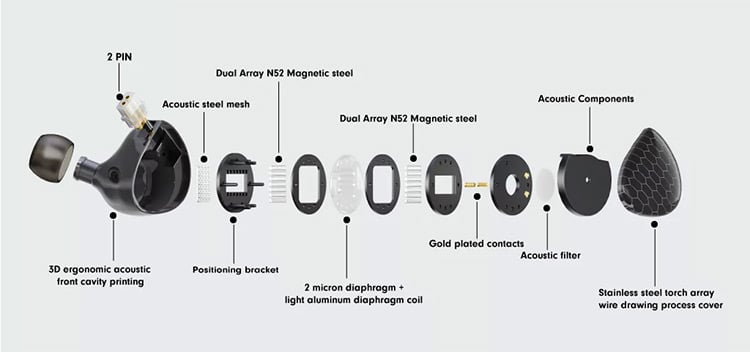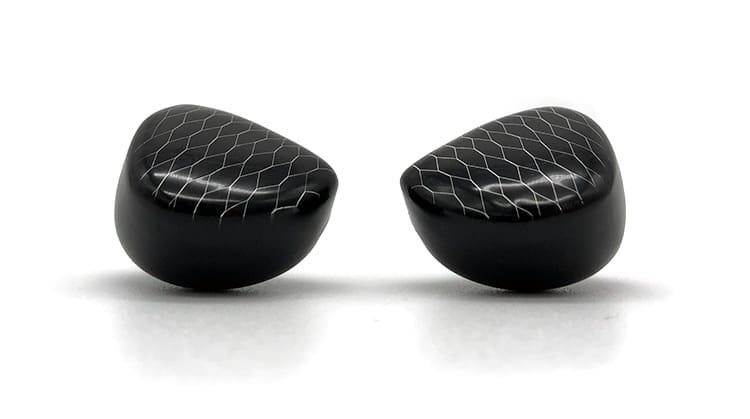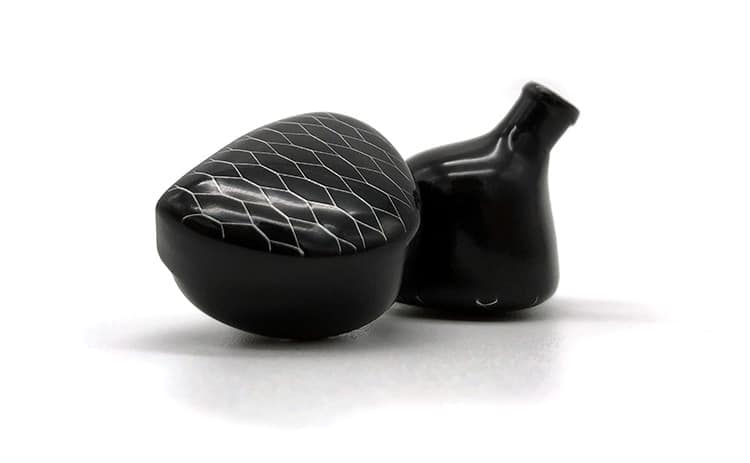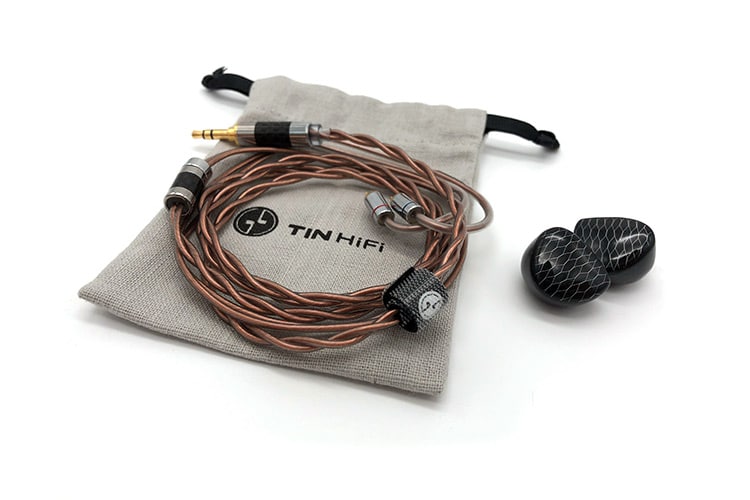Our feature today is a review of the TinHiFi P1 Max which is a next-generation in-ear monitor with a freshly designed 14.2mm planar magnetic driver. It is priced at $129.
Disclaimer: We received this sample in exchange for our honest opinion. Headfonics is an independent website that does not have any affiliate links. We thank HiFiGo for this opportunity.
To read more about our reviews of TinHifi products on Headfonics click here.
Note, that this article follows our latest guidelines which you can read here.
Ready to become a ‘giant killer’ when it first came out in 2019, the calling card of the P1 IEM was the use of a rare planar magnetic driver.
While the hype around it quickly passed due to unmet expectations in the tuning department, TinHiFi was quick to release the more expensive P2 in 2020 and a second revision of the P1 the following year to satisfy customers.
For the new P1 Max, TinHiFi almost redid everything from scratch as there is very little trace of the original left. The renewed concept is also attached with the appeal of a ‘giant panda’ making it more friendly and reachable which is smart for casual enthusiasts.
While well-intentioned, some may object to the lineage of the P1 Max due to the massive changes it received. What can’t be questioned is the competitive pricing kept identical to its brethren, even further discounted to a pocket-friendly $119.

Tech Highlights
Giving the P1 line the ‘Max’ treatment against the subtler update it received from the ‘Plus’ variant, the planar magnetic drivers advanced in size from 10mm to an impressive 14.2mm. Doing so makes the new drivers of the P1 Max even bigger than the ones on the P2 although it is just about even with today’s popular rivals.
The increase in dimension added extra body to the diaphragm now measuring 2 microns thick compared to the thinner 1-micron of the previous generation. It does still keep the same frequency range between 10 Hz to 20 kHz and on each side is an array of N52 magnets for a balanced and uniform horizontal movement.
Making it easier for owners of multiple aftermarket cables, the P1 Max now uses a removable 0.78mm 2-pin socket system rather than MMCX.
Design
TinHiFi has relaxed the ‘Tin’ branding a little bit having already started incorporating the use of resin in its other in-ear monitors, so the resin-finished shell of the P1 Max is not at all surprising.
And while some may miss the iconic 304-grade stainless steel golf head case of the P1, attentive individuals will notice the use of the 3D printed stainless steel torch wire drawing process for the newly designed face of the P1 Max version.
With a very smooth transition between the shell and the face, the unit looks like a single assembly to the naked eye. The even finish helps create a clean and finished look unlike the obvious two-piece case of the P1.
Finishing up with the big elephant or ‘panda’ rather in the room, I can’t seem to find any inspiration taken from the bamboo-loving giant in the design of the P1 Max. If I were to describe the graphic on the face, it would be that of a reptile skin or chicken fence.
Comfort & Isolation
Most of my IEM experience usually balances comfort with how well the shell sits in the ear since the weight usually becomes a factor in long-term listening. Except TinHiFi isn’t messing around when it claimed the P1 Max won’t be just light but ergonomic to boot.
Aside from having no problem staying in place, the distribution of contact points is confident and doesn’t leave awkward pressure. The only break in the equation is the presence of a gap around the area where the removable cable turns towards the ear.
Typical of any passive set, isolation shouldn’t be top of mind, but having an agreeable shell shape makes the P1 Max usable in most situations. Listening while rain is falling in the background won’t be much of an issue but sharp knocks will still bring you out of your trance.
Tips
Those who prefer silicone tips will have more options matching the provided ear tips for the P1 Max. Aside from 3 pairs of red stemmed silicone tips for S, M, & L size, there is an additional 6 pairs of gray variations for a total of 9 sets.
Putting a little extra for those in the camp preferring the use of memory foam tips for their IEMs, TinHiFi also included 2 differently sized pairs of black memory foam tips. Aside from being easy to attach to the P1 Max, the bore diameter is also bigger.
Stock Cable
The single-ended stock cable of the P1 Max possesses some style in substitute. See-through and nicely weighted, the 108-strand copper wires arranged in a 2-core configuration look and feel nice.
What ties it up is the gold plating in the sockets and the solid feeling carbon fiber 3.5mm case mimicked in the y-split. The cable has some memory retention and a bit of microphonics, but it was well within expectation for day-to-day usage.
Packaging & Accessories
Before getting to the more serious qualities of the unboxing, rounded letterings and three pudgy pandas with front-facing paws will first make a delightful impression. It gives the P1 Max a refreshing branding compared to the competition that typically goes for a grander or colorful approach.
Giving a completely different vibe akin to that of a posh box of chocolate, the inside is a plain black container with a removable square top neatly printed with the company’s logo. The top can be lifted with a pull tab which will show the manual tucked underneath.
Maintaining a compact box, the P1 Max rests on the lower half portion while the accessories such as the removable IEM cable, ear tips, and pouch can be found on the upper half. Departing from the original P1, the P1 Max lacks a leather case.
Sound Impressions
The gray stem silicone ear tips were used in the formulation of the sound impressions. How the sound is changed by swapping tips will be discussed separately.
Summary
I haven’t heard the first edition of P1 to be able to properly narrow down on the improvements done on the P1 Max but those who were critical before should give the latest model another listen. During my initial impressions, complimentary words came to mind like expansive, potent, detailed, and crisp.
Expect a nice game of catch between the bass and midrange as neither lets up in being the star of the show even with the more generous magnitude of the deeper notes. The key is in the tightness of the lower region which maintains an upfront presence but immediately lets up into an expansive scape giving the song a more balanced play.
The only thing that will hinder longer listening enjoyment, especially for treble-sensitive users is the energetic upper region that on some occasions can be fatiguing if paired with a brighter source. If not for this kink, the P1 Max is a pleasing IEM listen even at louder volumes.
Timbre
There is a bouncy diffusive characteristic present in the bass region of the P1 Max that can be most appreciated with kick drums. Coming from a localized position, it punches with vigor rumbling down to a sweet and impressively expansive breadth of space.
While the planar drivers will return a faster bass attack on most occasions, it does have the skill to be slightly thicker and heavier on longer synth notes. What won’t change on the bass is its return of a rewarding mix of depth, texture, and presence.
With a confident lower midrange, TinHiFi composed a weighted core that brings muscle to the presence of vocals placing male singers slightly closer in space. Leading up to the perkier higher region, brighter female voices receive engaging energy and a well-defined texture for vibrato.
Continuing with instruments, the plucking of the guitar sound alive and precisely placed. Excess vitality does get noticeable from time to time making listening to brighter songs a bit fatiguing.
On jazz tracks, horns are well projected, capturing the size and detail of the image for a nice showing of dynamic proficiency. Overall, the treble region develops a rigid and steely character putting a hard-hitting ring to chimes and cymbals filled with a decent amount of extension.
Staging
Listening to a live audience get portrayed to hear how the sound is distributed, the P1 Max did not disappoint. While it lacks any depth from behind the varying intensities of roaring spectators coming from other directions were cast wide and separated nicely.
The P1 Max does slightly lean towards pushing out the images which affects layering between far objects and imaging on panning effects. But songs with tighter melodies of instruments and even off-centered singers will be heard with accuracy.
Ear Tips
Using the ear tip marked with a red stem, the bass punch became bolder putting the general low-end profile thicker than the gray ones for less stiffness on bass guitars.
Both the midrange and treble lost some heft, replaced by additional air and chiseled textures which provide an illusion of a wider space pulling some spirit in dynamic passages.
The memory foam tips being taller than the two types of silicone tips provided an immediate increase in stage and taming down of the treble region. While the change in tuning may be valuable to some since the midrange also reduces shout, the bass presence is the least here of the three tips and instruments like guitars won’t be as sparkling.







